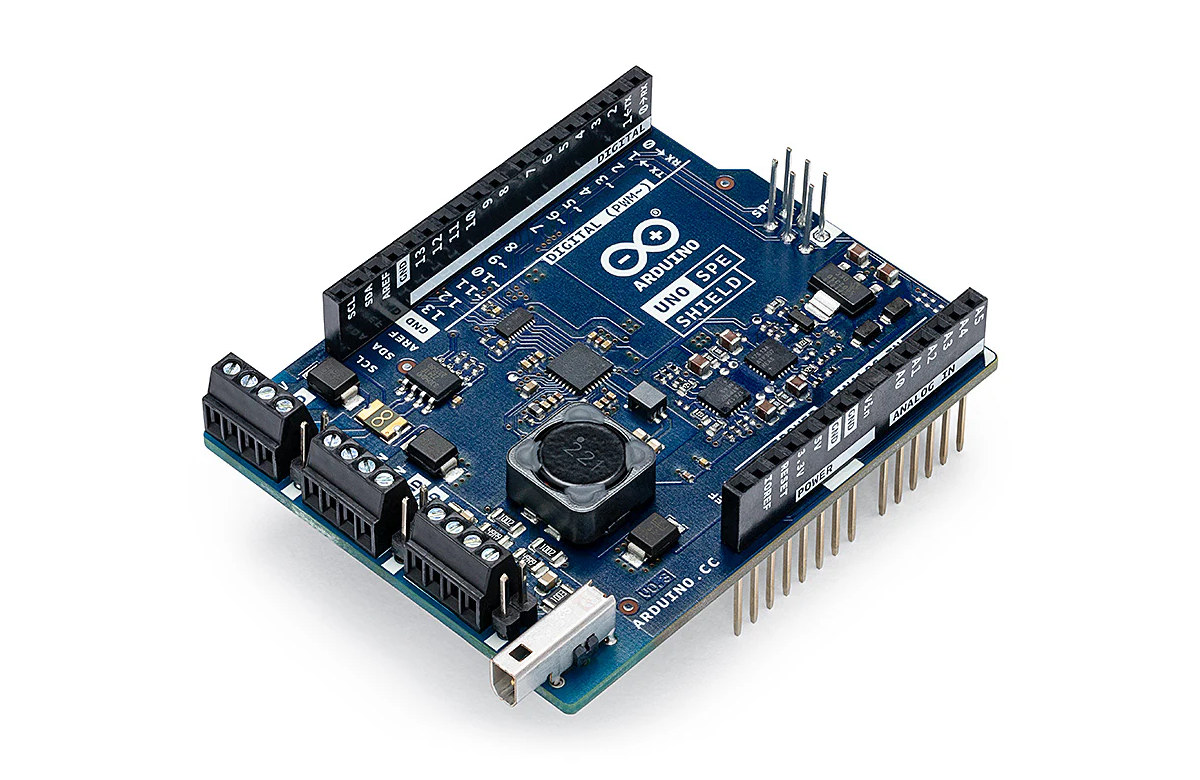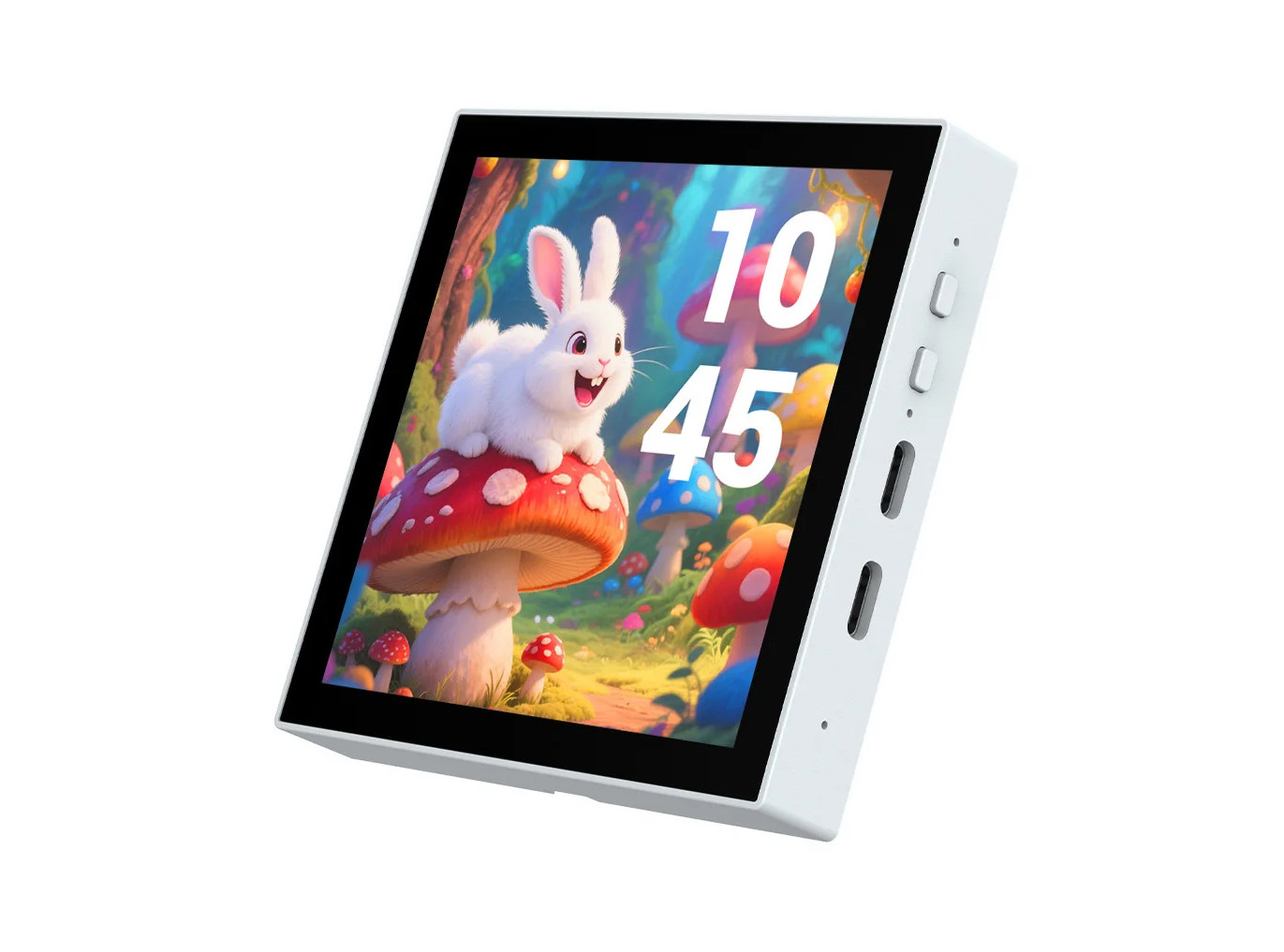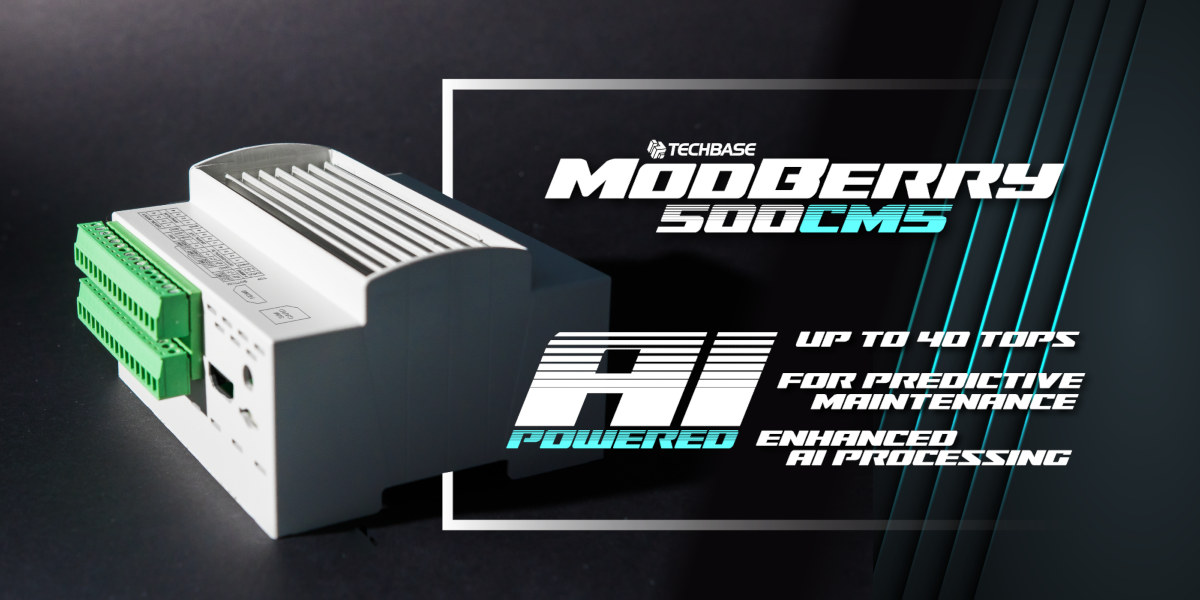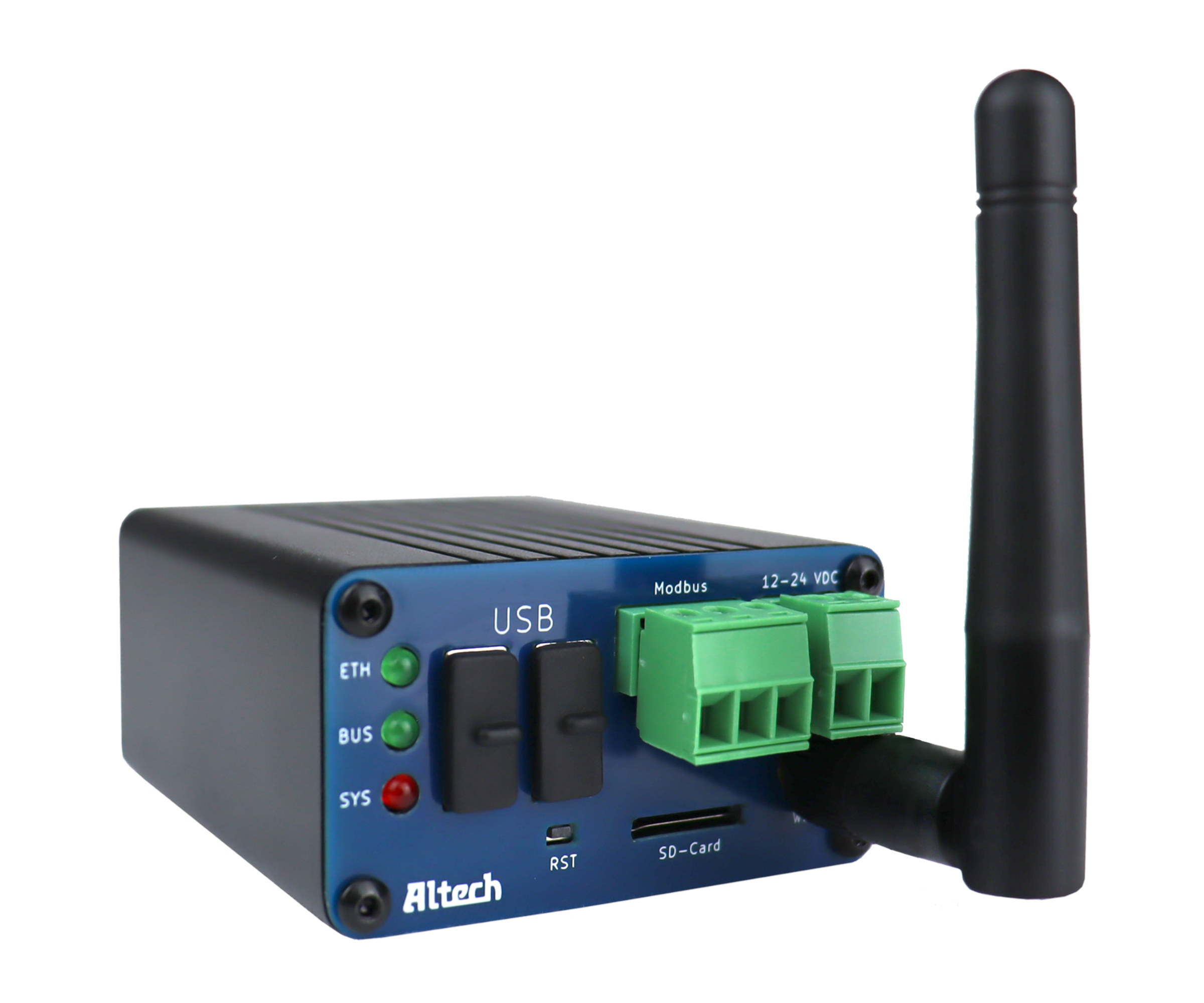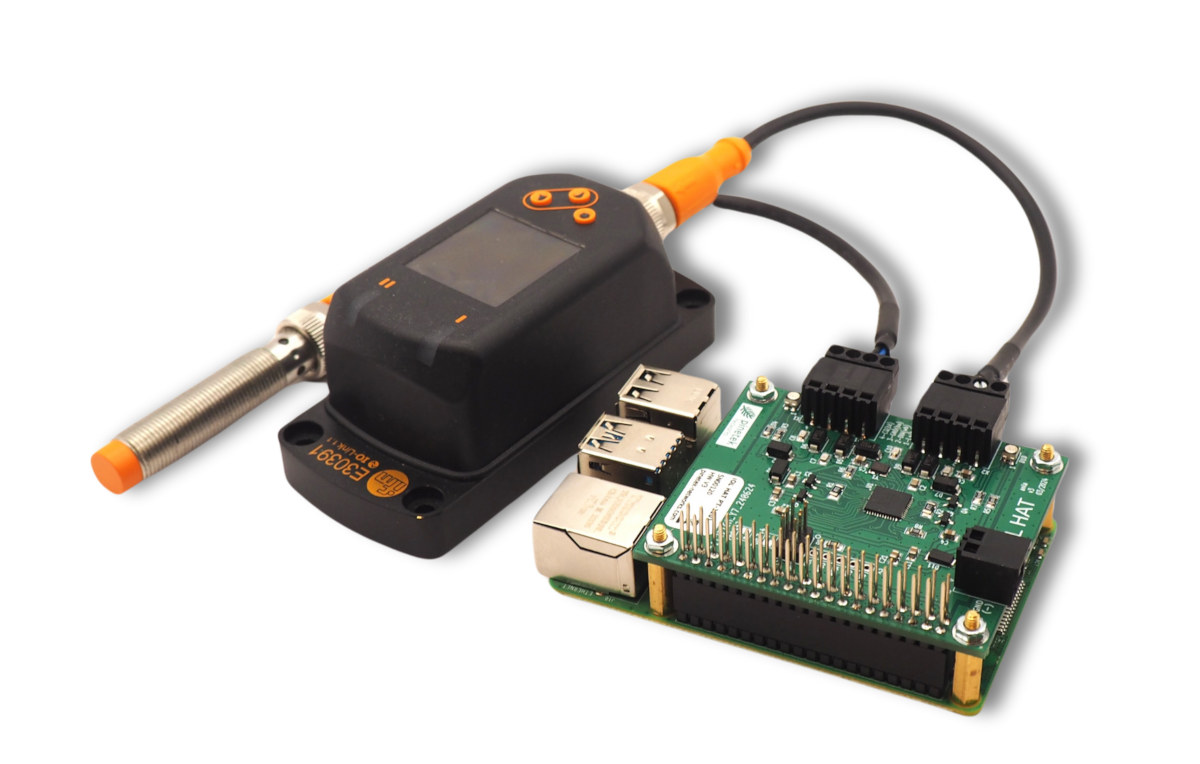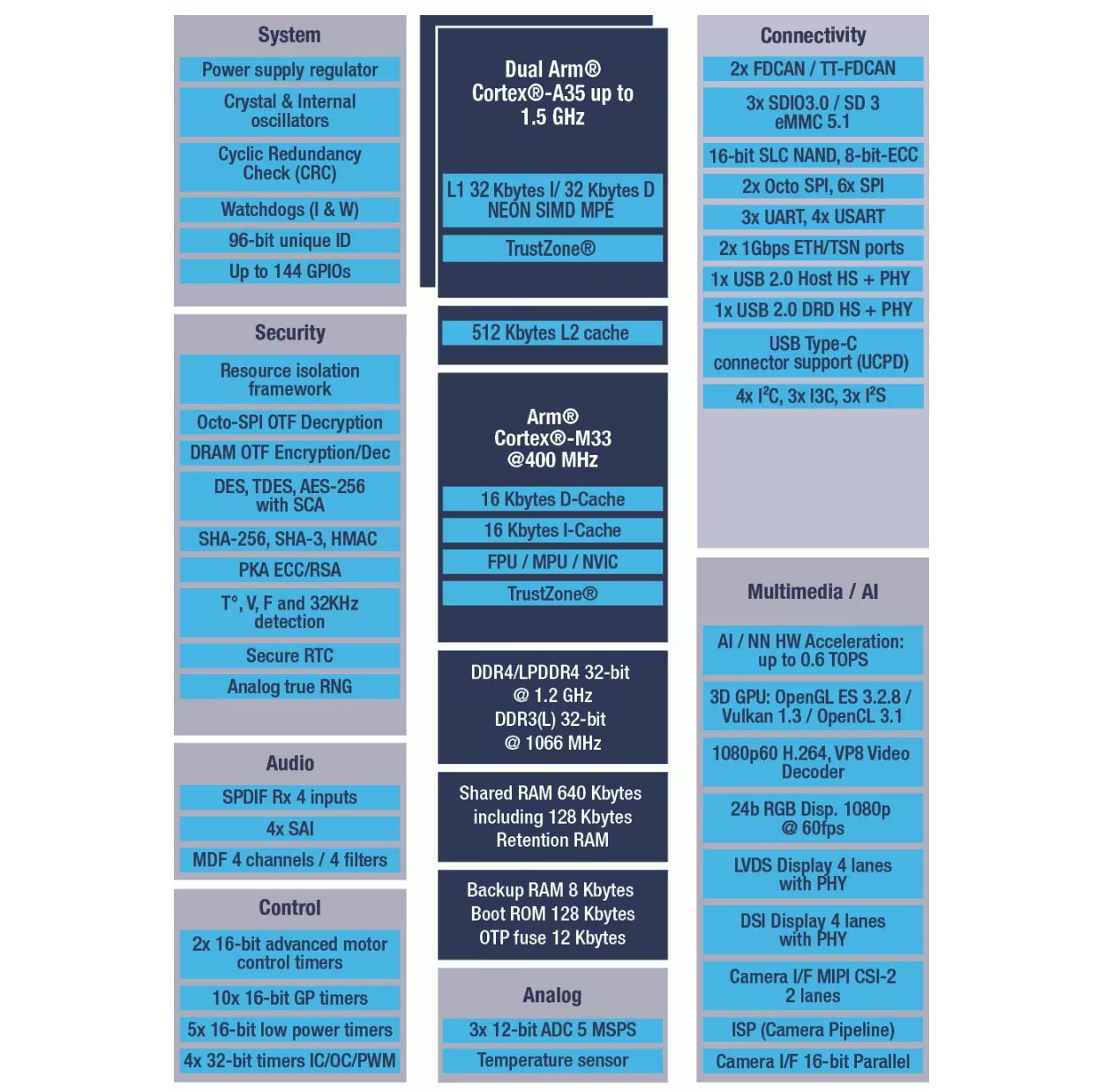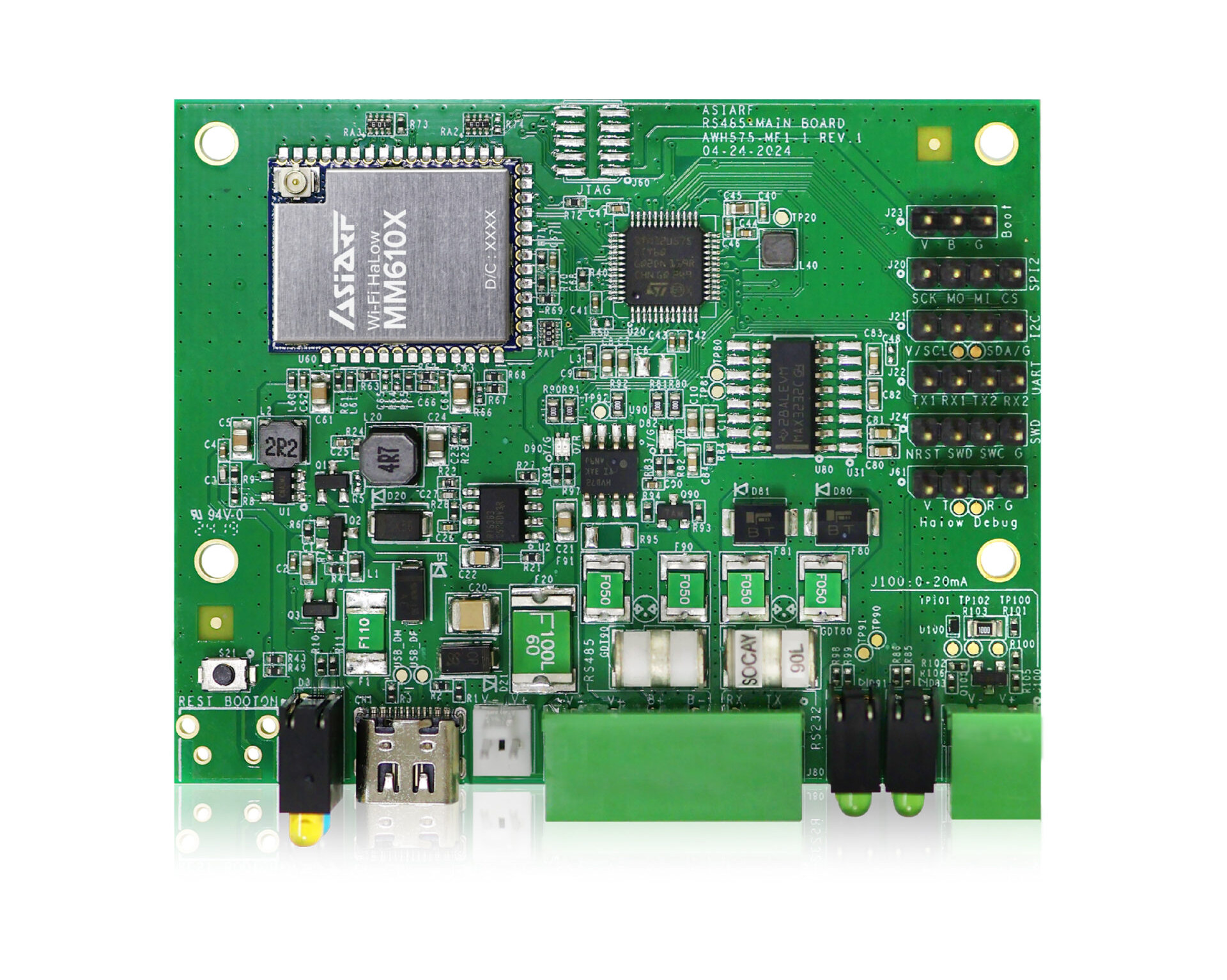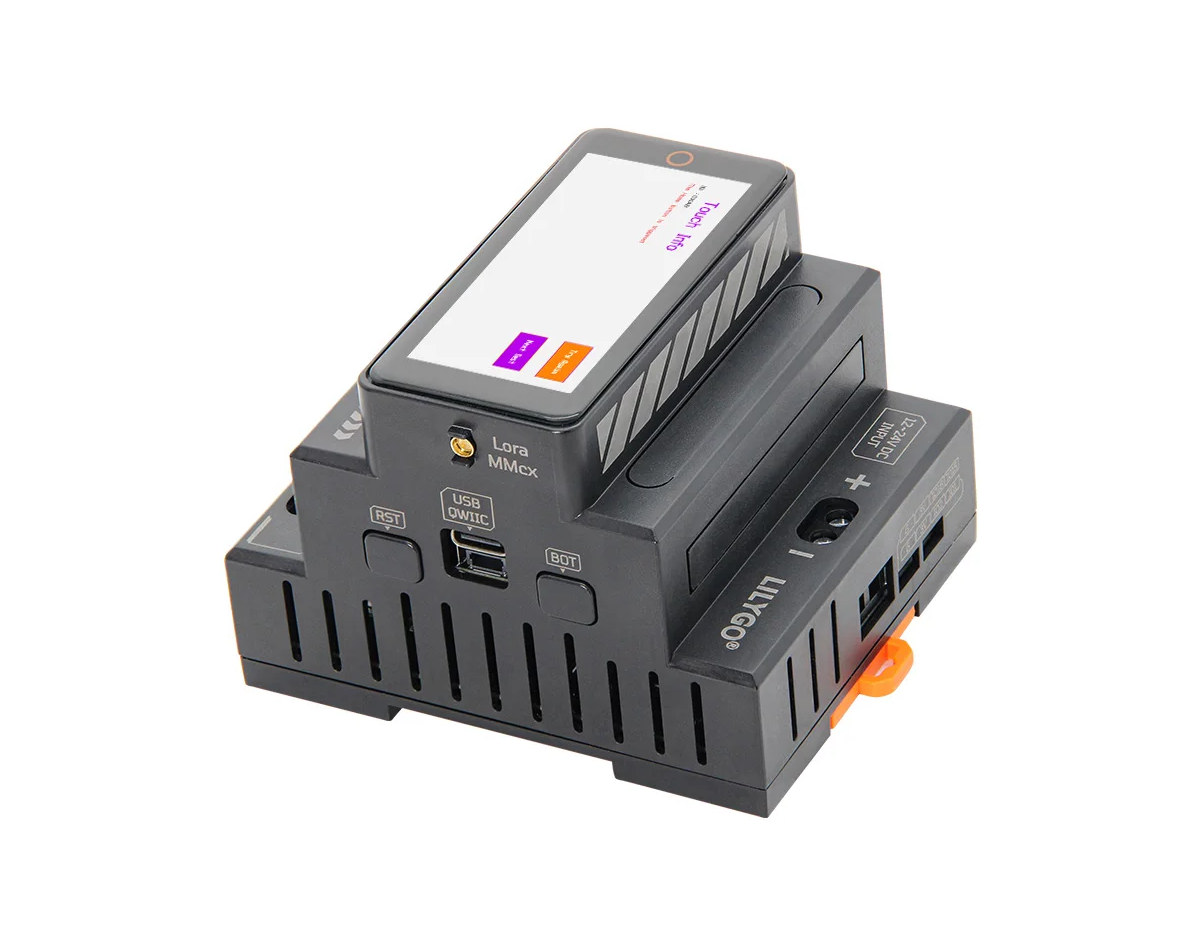Arduino UNO SPE Shield adds Single Pair Ethernet (SPE) and RS485 to Arduino UNO and compatible boards, notably the Arduino UNO R4, via a Microchip LAN8651 SPE controller. Single Pair Ethernet relies on just two wires to carry data and power, allowing for much more compact designs and simpler wiring compared to traditional RJ45-based solutions with Cat 5 cables. It especially benefits IoT and IIoT applications for buildings, factories, and process automation. Arduino UNO SPE specifications: Networking – Single Pair Ethernet (SPE) via Microchip LAN8651B1 10BASE-T1S MAC-PHY Ethernet Controller with SPI Data rate: 10 Mbit/s over a single balanced pair T1SP and T1SN available on screw terminal block Dedicated T1S SPE connector Maximum Distance – Supports up to 25 meters in multidrop topology (multiple nodes on a single segment) Up to eight nodes in a multidrop network Serial – RS485 via MaxLinear XR33058 Half duplex RS485 Data rate: 20 Mbit/s […]
ESP32-P4 Smart 86 Box features 4-inch square touch display for Smart Home and IIoT applications
Designed for Smart Home or industrial IoT (IIoT) applications, Waveshare’s ESP32-P4 Smart 86 Box is equipped with a 4-inch square touchscreen display, an ESP32-C6 module with WiFi 6 and Bluetooth connectivity, and a range of connectors. Two models are offered: the ESP32-P4-WIFI6-Touch-LCD-4B with a MIPI CSI camera connector and a 28-pin GPIO header, and the ESP32-P4-86-Panel-ETH-2RO with a bottom board that features an RS485 serial interface, two relays, a 10/100Mbps Ethernet RJ45 connector, and 6V-30V DC input. ESP32-P4 Smart 86 Box specifications: Main module – ESP32-P4-Core Module Microcontroller – ESP32-P4NRW32 MCU Dual-core RISC-V microcontroller @ 400 MHz with AI instructions extension and single-precision FPU Single-RISC-V LP (Low-power) MCU core @ up to 40 MHz GPU – 2D Pixel Processing Accelerator (PPA) VPU – H.264 and JPEG codecs support Memory – 768 KB HP L2MEM, 32 KB LP SRAM, 8 KB TCM, 32MB PSRAM Storage – 128 KB HP ROM, 16 […]
Harnessing the Power of AI in Industrial Automation (Sponsored)
The industrial IoT (IIoT) landscape is undergoing a transformative shift, driven by advancements in artificial intelligence (AI). Among the frontrunners of this revolution is the ModBerry 500 CM5, a cutting-edge IoT platform enhanced by optional AI modules like the Hailo-8L and Geniatech AIM-M2. With the integration of these modules, the ModBerry 500 CM5 becomes a powerhouse for industrial automation, offering unparalleled performance and scalability. Let’s dive into the exciting capabilities of this innovative combination and explore the current and future applications of AI in IIoT. ModBerry 500 CM5: The Core of Smart Industrial Automation At the heart of the ModBerry 500 CM5 is the powerful Raspberry Pi Compute Module 5, featuring a quad-core Cortex-A76 processor and support for up to 16GB of RAM. When paired with AI acceleration modules like the Hailo-8L and Geniatech AIM-M2, the ModBerry 500 CM5 evolves from an IoT hub into a sophisticated AI-enabled system capable […]
Altech DO-1 Modbus monitor connects to up to 128 Modbus RTU/TCP devices
US-based Altech Corp has recently announced the DO-1 universal monitor for Modbus devices to enable companies to easily monitor, collect, and analyze their equipment and process data such as temperature, humidity, pressure, vibration, and energy usage without any subscription fees or licenses. The DO-1 is a vendor-agnostic solution that connects to up to 128 RTU-TCP Modbus devices, features 5GB of internal data storage expandable up to 128GB with a microSD card, dual Ethernet, and optional WiFi and Bluetooth connectivity. The device also implements dual power input with a 12V/24V DC input via a terminal block, and 5V via micro USB as power backup. Altech DO-1 specifications: Storage 5GB for data storage (I assume from 8GB eMMC flash) MicroSD card slot up to 128GB Networking 10/100Mbps Fast Ethernet RJ45 port (LAN1) Gigabit Ethernet RJ45 port (LAN2) LAN1 and LAN2 can be configured in switch or 2-port mode Optional WiFi 802.11 b/g/n […]
IOL HAT adds an IO-Link compatible master to Raspberry Pi for industrial IoT sensors and actuators
Pinetek Networks’ IOL HAT is a Raspberry Pi expansion board using the IO-Link (IEC 61131-9) protocol to interact with industrial sensors. It’s based on the Analog Devices MAX14819 IO-Link master transceiver and offers two SDCI (“Single-Drop Digital Communication”) connectors. While work on the IO-Link communication protocol started in 2006, and the IEC 61131-9 “Single-drop digital communication interface (SDCI) for small sensors and actuators” standard was adopted in 2013, it only recently came onto our radar with products like the STMicro EVLIOL4LSV1 IO-Link actuator board and Renesas CCE4511 IO-Link master and ZSSC3286 IO-Link sensor signal conditioner. The IOL HAT brings the IO-Link standard for industrial IoT communication to the Raspberry Pi. IOL HAT specifications: IO-Link chip – Analog Devices MAX14819 dual IO-Link master transceiver with integrated framers and L+ supply controllers 2x SDCI ports for IEC 61131-9 (IO-Link) sensors and actuators Host connection (one or the other) PT-1201 model – 40-pin […]
STMicro STM32MP23 Cortex-A35/M33 MPU features a 600 GOPS NPU for industrial IoT and ML applications
STMicroelectronics STM32MP23 is a dual-core Cortex-A35 general-purpose microprocessor (MPU) with a Cortex-M33 real-time core, and 600 GOPS of performance operating at up to 125°C and designed for industrial and Internet-of-Things (IoT) edge computing, advanced HMI, and machine-learning (ML) applications. It follows the STM32MP25 series unveiled in 2023 and launched the following year as the first member of the STM32MP2 family. The STM32MP23 is a cost-down version of the STM32MP25 with similar specifications (and pin-to-pin compatible packages), but the new family has a weaker 0.6 TOPS NPU, and tops at two Ethernet ports for the high-end parts instead of three. Ditto for CAN Bus interfaces (2x vs 3x). Other changes include a 16-bit memory interface and the lack of PCIe and USB 3.0 interfaces. STM32MP23 specifications: CPU – Single or dual Arm Cortex-A35 cores running at up to 1.5 GHz or 1.2 GHz with 512KB L2 cache Real-time MCU – Arm […]
AsiaRF AWH575-MF1 WiFi HaLow industrial IoT controller offers RS232, RS485, I2C, SPI, UART, and ADC interfaces
AsiaRF AWH575-MF1 is a WiFi HaLow industrial IoT controller / remote control kit with RS232, RS485, I2C, SPI, UART, and 12-bit ADC interfaces to connect sensors or actuators and designed for long-range, low-power M2M communication. The board is comprised of an STMicro STM32U5 Cortex-M33 microcontroller to handle I/Os and communicate with an MM6108 WiFi HaLow (802.11ah) module made by AsiaRF. The board takes power from a USB-C port or optionally from a terminal block supporting a wider 9V to 24V DC input. AsiaRF AWH575-MF1 specifications: MCU – STMicro STM32U585CIT6Q CPU – Arm Cortex-M33 core @ 160 MHz Memory – 786 KB SRAM Storage – 2MB Flash Wi-Fi HaLow AsiaRF 802.11ah module based on Morse Micro MM6108 chipset Frequency Range – 902MHz to 928MHz Channel bandwidth – 1/2/4/8MHz Data Rate – Single-stream max data rate of 10 Mbps Transmit Power – 21dBm +/-2dBm @ MCS 0 Modulation – BPSK/QPSK/16 QAM/64 QAM […]
LILYGO T-Connect Pro industrial IoT controller offers Ethernet, WiFi, Bluetooth, LoRa, RS232, RS485, and CAN Bus
LILYGO T-Connect Pro is a DIN rail-mountable, ESP32-S3-based industrial IoT controller with Ethernet, WiFi 4, Bluetooth 5.0 LE, and LoRa connectivity, as well as CAN Bus, RS232, and RS485 interfaces. The controller also features a 2.33-inch touchscreen display, a 10A relay, a 12V to 24V DC screw terminal for power, 5V USB-C port for programming, a Qwiic connector for expansion, and BOOT and Reset buttons. LILYGO T-Connect Pro specifications: SoC – Espressif ESP32-S3R8 CPU – Dual-core Tensilica LX7 microcontroller up to 240 MHz with vector instructions for AI acceleration Memory – 8MB PSRAM Wireless – WiFi 4 and Bluetooth 5.0 LE + Mesh connectivity Storage – 16MB SPI flash Display – 2.33-inch RGB display with 480×222 resolution via ST7796 SPI display controller with touchscreen using CST226SE chip Networking 10/100Mbps Ethernet RJ45 port via W5500 4-wire SPI controller WiFi 4 and Bluetooth 5.0 LE via ESP32-S3 LoRa via HPD16A Semtech SX1262 […]


